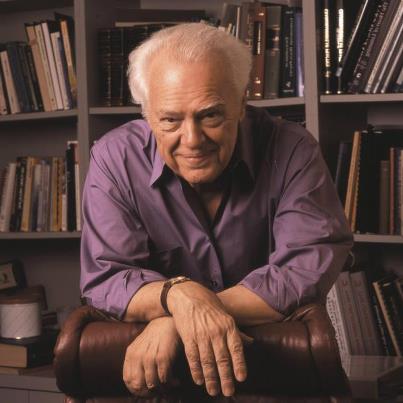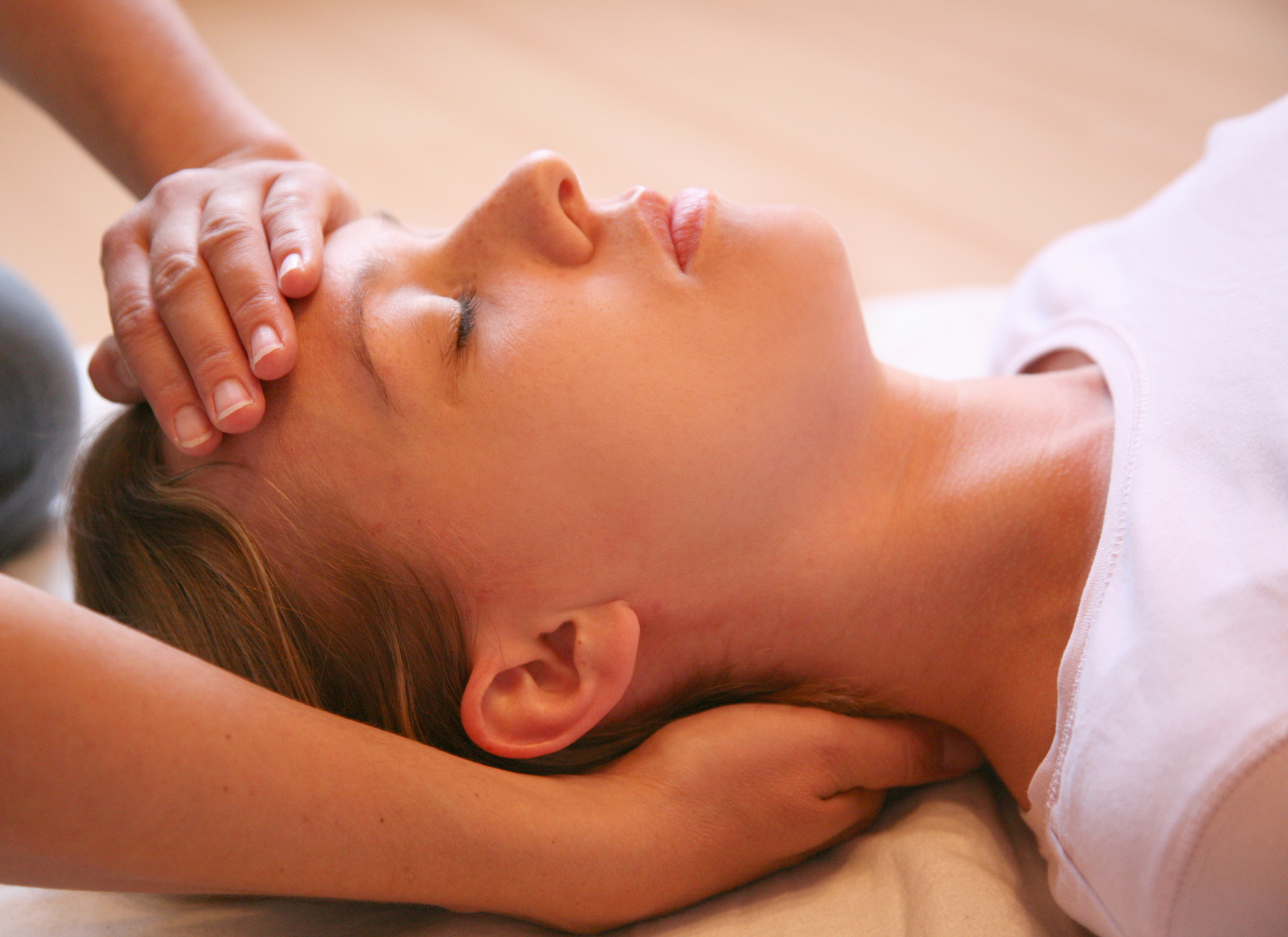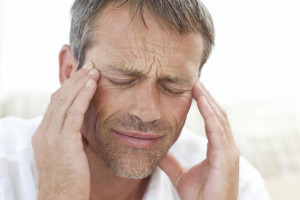FAQ Page
Sharon Hartnett CST-D
Worthington, Ohio|Serving the Columbus Area
614 653-8111
To find out more about Craniosacral Therapy, check out my main page.
What is Craniosacral Therapy Upledger Style?
Massage Therapy is beneficial to overall health and wellbeing. In fact, the AMTA says that most clients come in due to medical reasons. Some of the advantages of typical massage are: it generally reduces many different types of pain, increases circulation, reduces muscle tension just to name a few ways it can help. Craniosacral Therapy Upledger Style is a specific type of massage therapy that is quite different than what you are probably used to. The techniques and intention are not so much a flowing type of effleurage motion that glides over the skin, but rather, a listening type of interaction between therapist and client.
Dr. John Upledger, Co-Founder of the Upledger Institute based his Craniosacral Therapy on working with the “Inner Physician”. He believed and experienced over and over again, the body’s own ability to heal through self-discovery and with Craniosacral techniques. Having a career as an osteopathic physician, he decided to teach as many people as possible the fine art of Craniosacral Therapy with its gentle and profound touch. Through his research and Intensive Therapy Programs, he found great positive healing changes of many patients who could not find the same help elsewhere. As a result, the Upledger Institute has grown and reached its arms across the world.

Dr. John Upledger
Being a student and a Diplomate level Craniosacral Therapist under the Upledger teachings, I can say, that many of my clients have also experienced deep healing on many levels. The best successes I have seen are in reducing pain, correcting postural imbalances, healing concussions, fibromyalgia, and with decreasing stress. In most cases, my clients have become more self aware, and more stable emotionally too, especially with the SomatoEmotional Release Work. The reason why this is so is that the Central Nervous system is addressed in such a way that people can find more of their center. For example, if some one is highly stressed, often they will calm down. If someone is lethargic, their energy can pick up, especially when pain restrictions in the fascia are relieved. After all, it takes energy to keep pain going! And when the brain and the spine have clearer and easier communication, one finds better functioning.
Craniosacral Therapy Upledger focuses on working with the craniosacral rhythm. You might wonder, how we therapists do this in a session? Well, basically the cerebrospinal fluid is created in the brain, and it flows through mostly the subarachnoid space around the brain and the spine. It creates a flexion and extension movement that can be felt anywhere on the body. We lightly place our hands at certain listen stations to get an idea where there is optimal functioning or where there are restrictions. As we continue to follow what the rhythm and tissues show us, the body starts to let go with the techniques that are being used. Dysfunctional patterns release, allowing each cell, tissue, organ and such to work most efficiently. What is really cool about this, is that the body has its own inner wisdom. It can lead the therapist to support it to find what most needs to be healed, exactly as it needs to heal.
Most sessions are about one hour long. But Intensive Therapy Sessions can be extremely helpful when possible. I have been at 5 day intensives and seen miraculous results. Especially with multi-hand work. The sessions are done with clients fully clothed. The therapist may be quiet, but if something significant shows up, there may be a conversation. This type of conversation is not like psychotherapy, but rather a session where the Craniosacral Therapist helps you to find your own answers, whether physically, emotionally or at different levels of consciousness.
Craniosacral Therapy Upledger Style can help just about anyone feel better. But it can truly help many people who have not found help in the traditional way, especially around head traumas, postural balance, and for pain relief.. If clients have long-standing issues, it does take time to heal. The body likes to heal. And it is quite possible it will if given the change to self-correct. Often people will feel some really good results after about three session. What I like to tell my clients, is that I will give you a brief explanation of what I found. However, the Inner Intelligence within is what does the job you are looking for.
If you want to find out more about Craniosacral Therapy Upledger Style, check out the Upledger Page!
FAQ Page
Sharon Hartnett CST-D
Worthington, Ohio|Serving the Columbus Area
614 653-8111
To find out more about Craniosacral Therapy, check out my main page.




